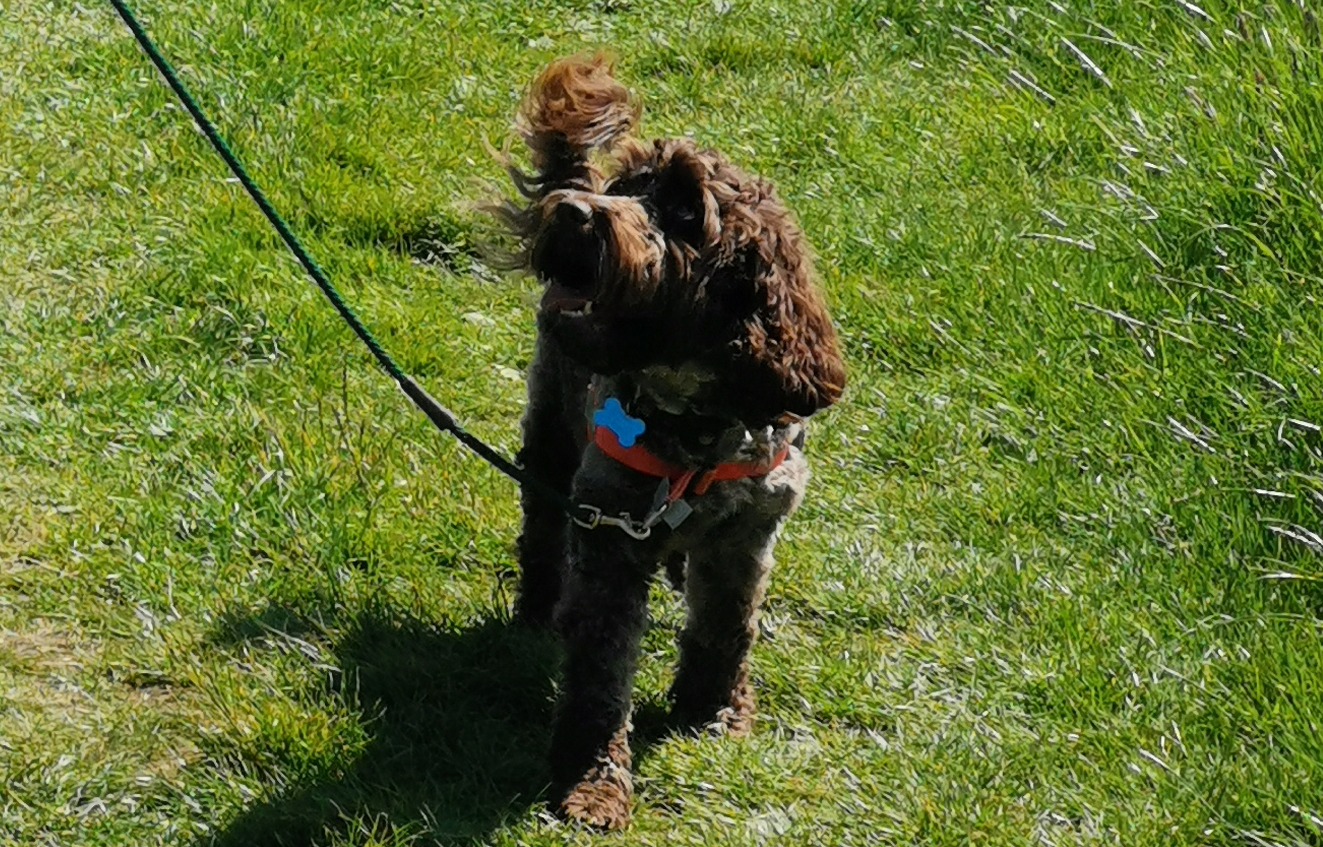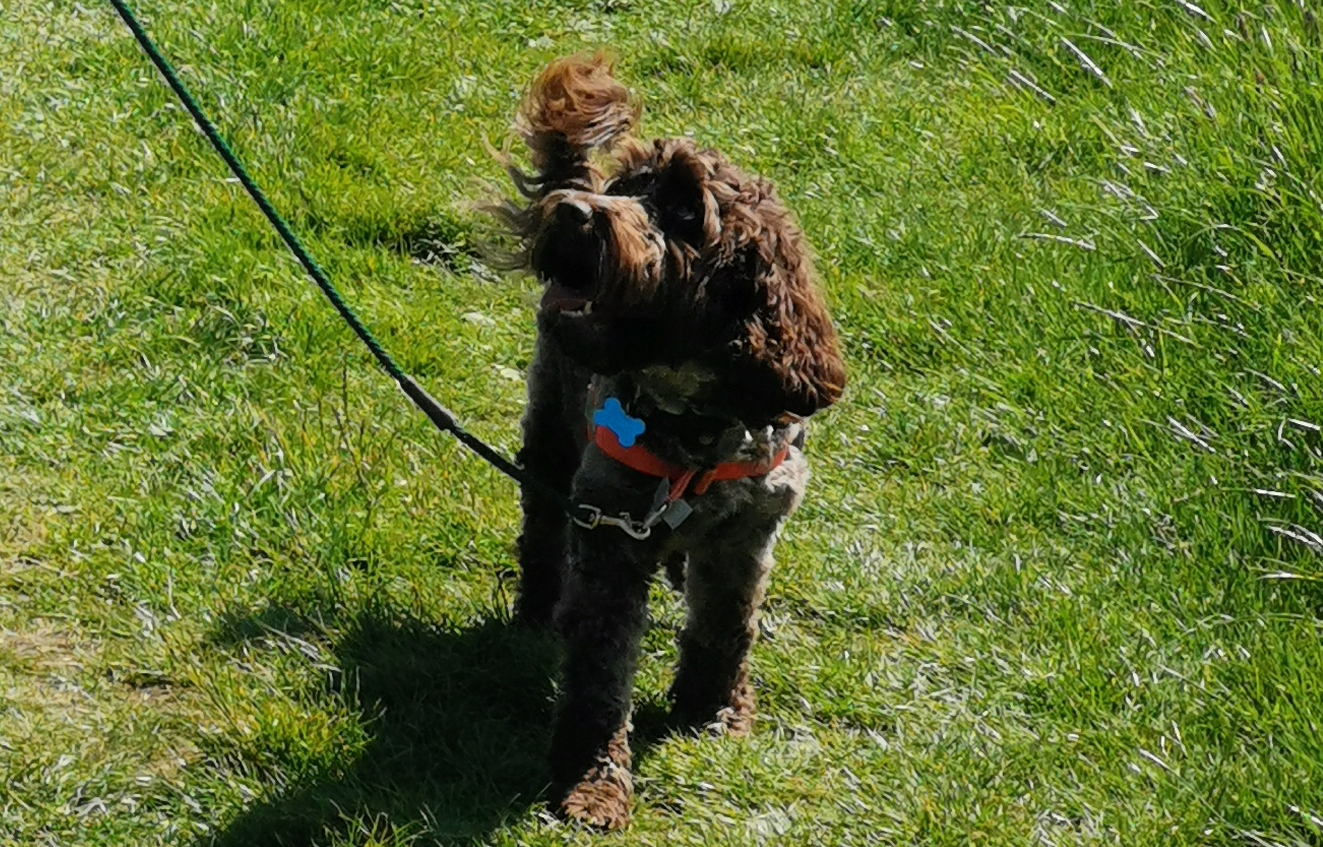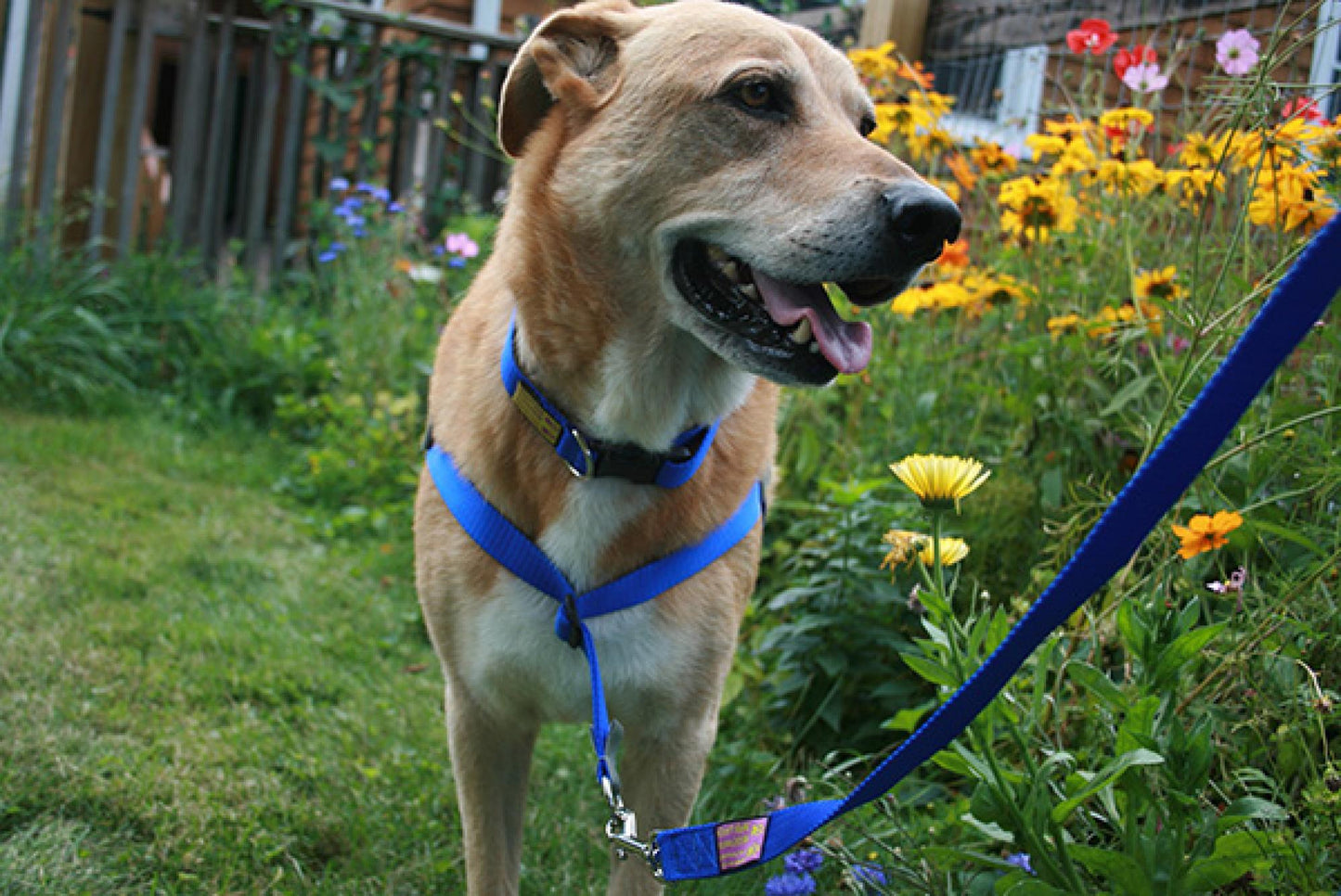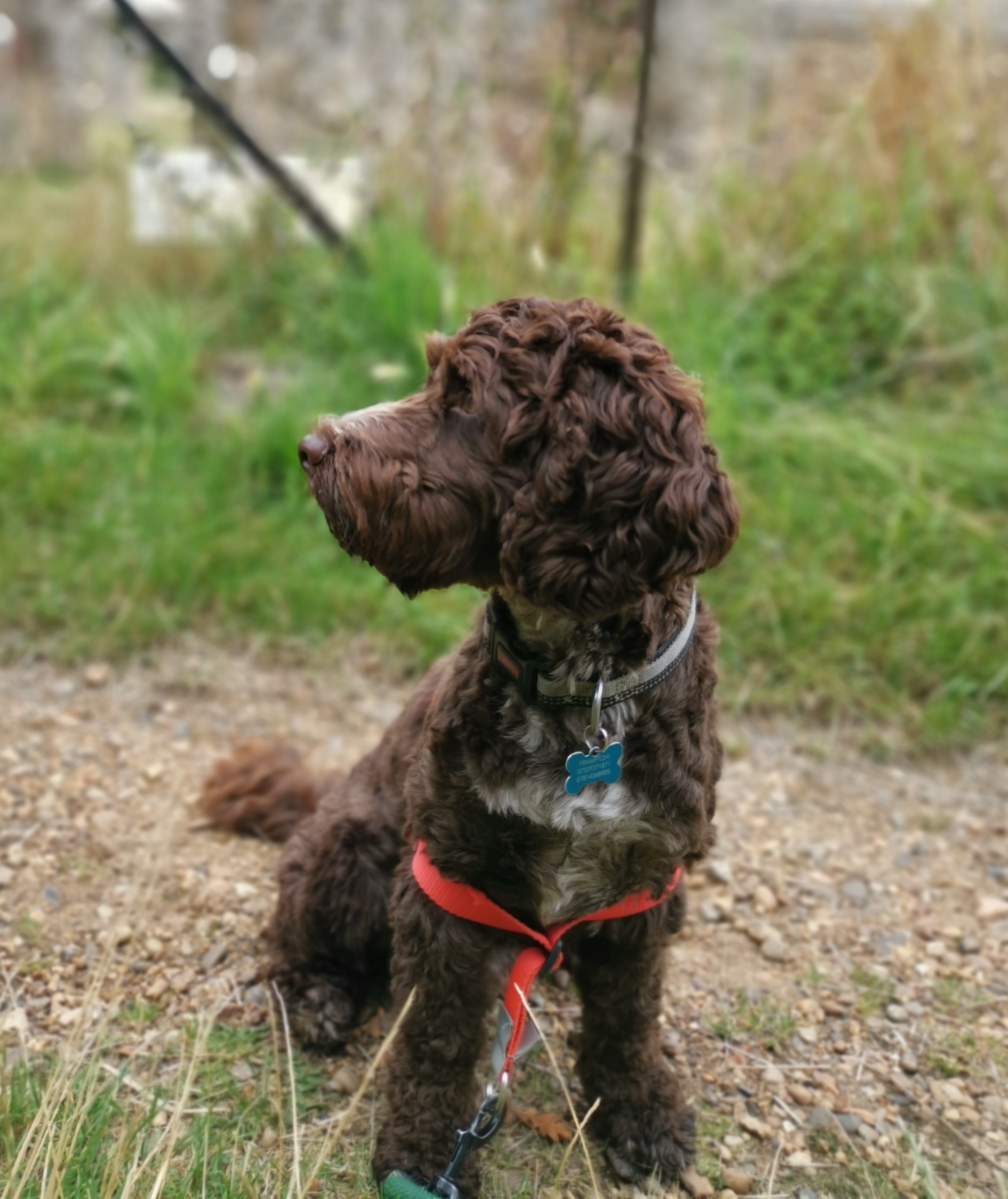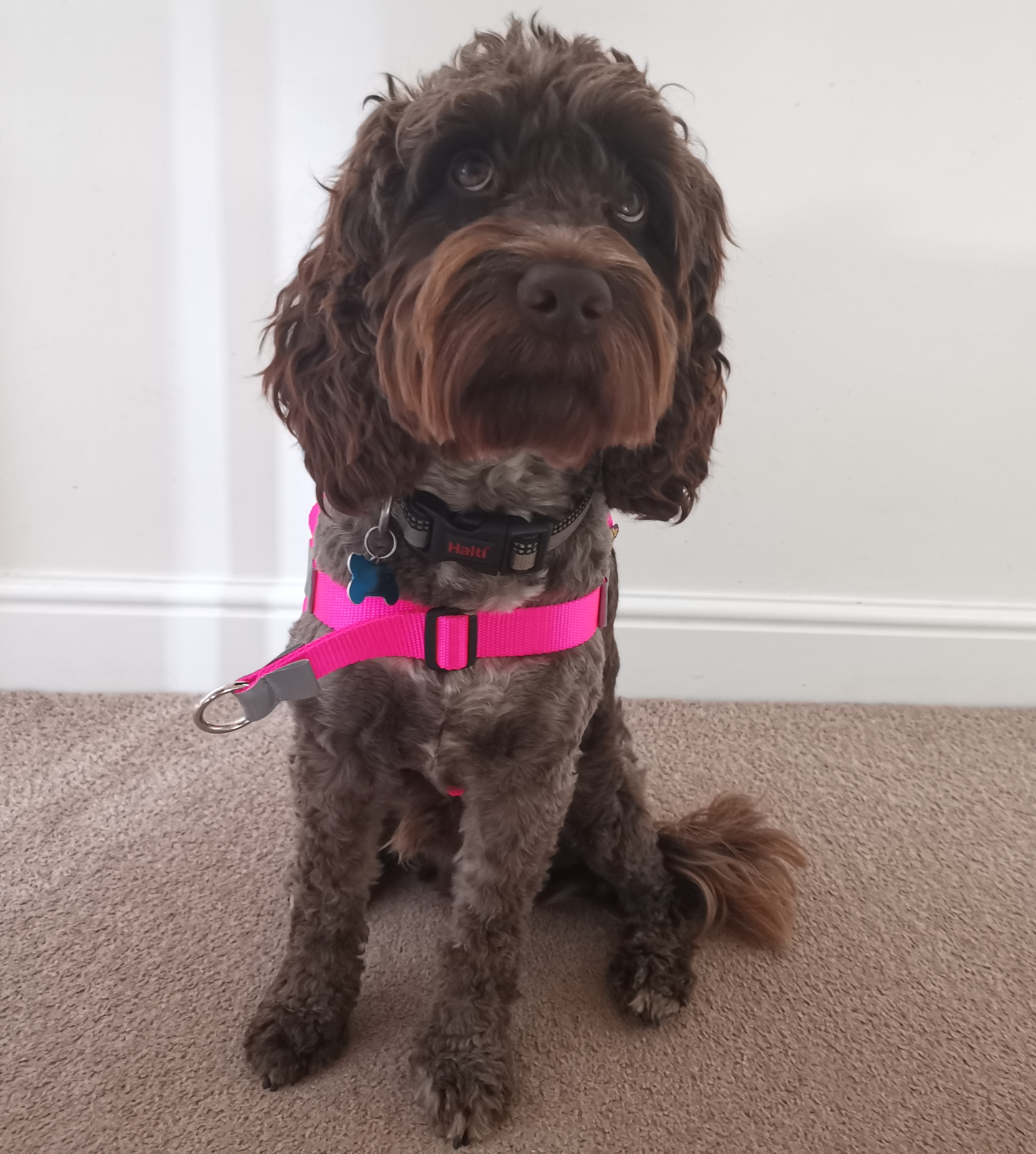Separation anxiety is a common problem that affects many dogs. Dogs are social animals and often become very attached to their owners. When left alone, they may experience anxiety and distress, which can lead to destructive behavior and other problems. Here are some tips on how to deal with separation anxiety in dogs:
Start with short absences
If your dog is experiencing separation anxiety, start with short absences and gradually increase the time you spend away. This will help your dog get used to being alone and build up their confidence.
Provide a safe and comfortable space
Make sure your dog has a comfortable space where they can feel safe and secure when you're not around. This can be a crate, a dog bed, or a designated area in your home.
Leave toys and treats
Leave toys and treats for your dog to play with while you're away. This will help keep them occupied and distract them from any anxiety they may be feeling.
Practice desensitization
Practice desensitization by getting your dog used to the routine of you leaving and coming back. This can include putting on your coat and picking up your keys without actually leaving, or leaving for short periods of time and gradually increasing the duration.
Consider medication
In severe cases, medication may be necessary to help alleviate separation anxiety. Consult with your veterinarian to determine if this is the best option for your dog.
Seek professional help
If your dog's separation anxiety is not improving, seek the help of a professional dog trainer or behaviorist. They can work with you and your dog to develop a personalized plan to address the issue.
Avoid punishment
Avoid punishing your dog for exhibiting anxiety or destructive behavior when you're not around. This will only increase their anxiety and make the problem worse.
Conclusion
Dealing with separation anxiety in dogs can be a challenging and frustrating experience. However, with patience and persistence, you can help your furry friend feel more comfortable and confident when you're not around. Start with short absences, provide a safe and comfortable space, leave toys and treats, practice desensitization, consider medication in severe cases, seek professional help if necessary, and avoid punishment. Remember to always prioritize your dog's safety and well-being, and be kind and patient throughout the process.


